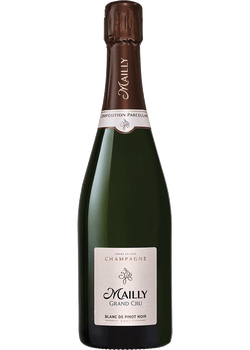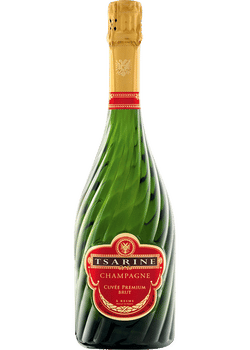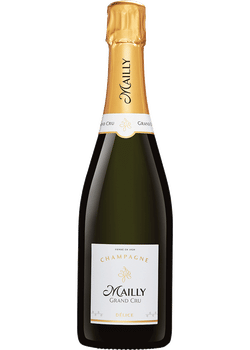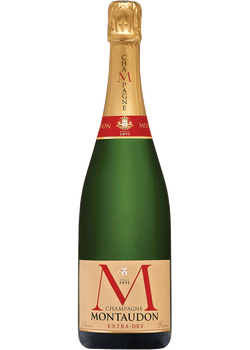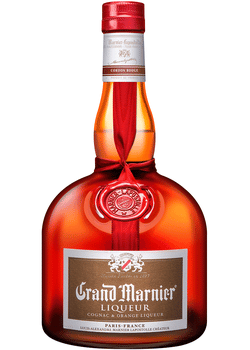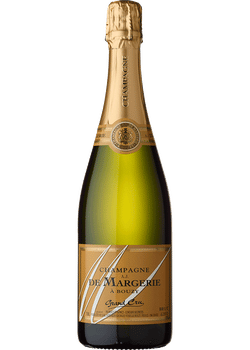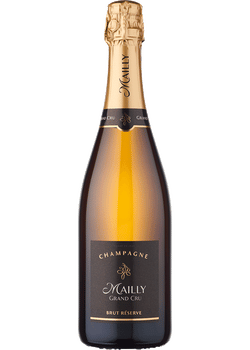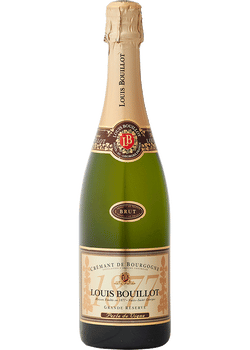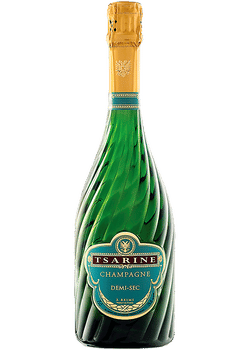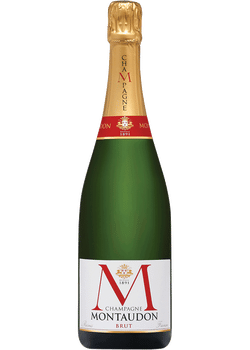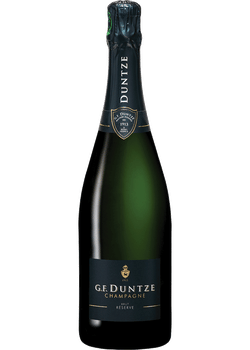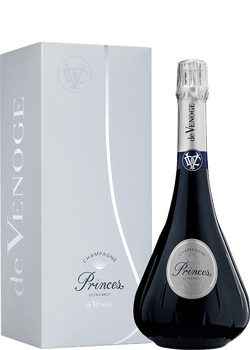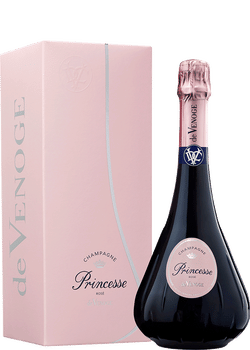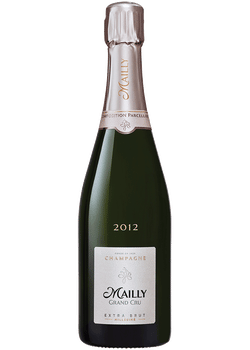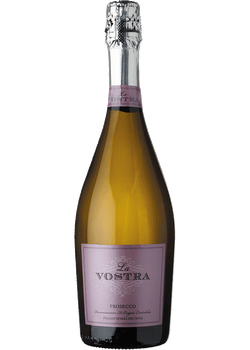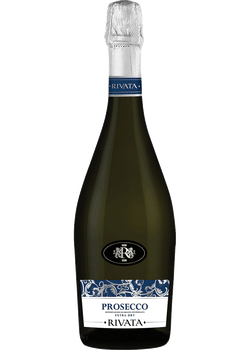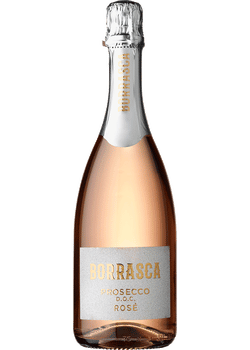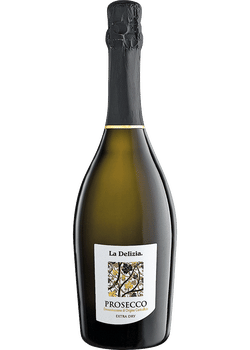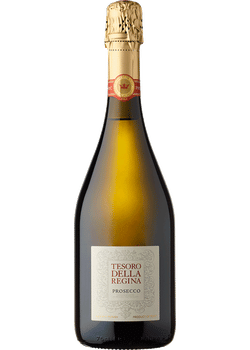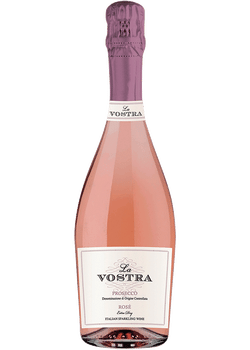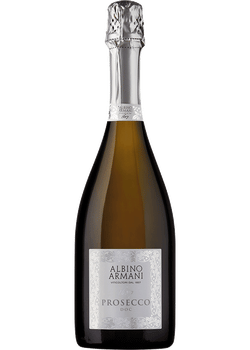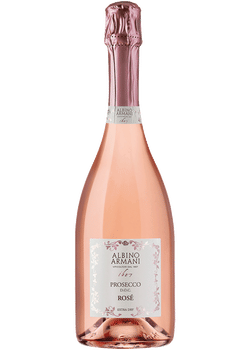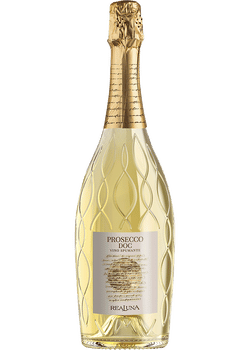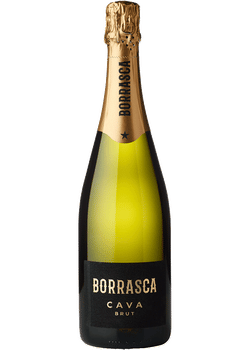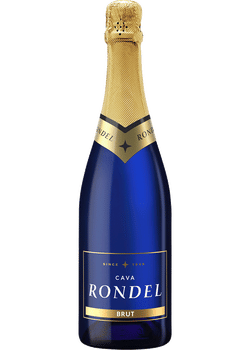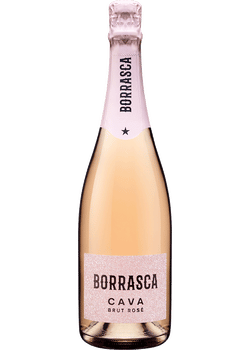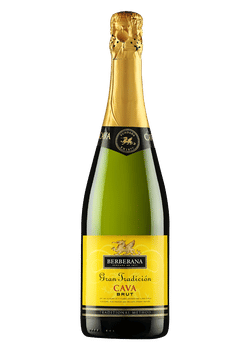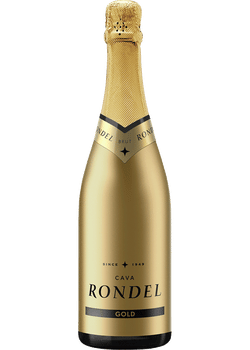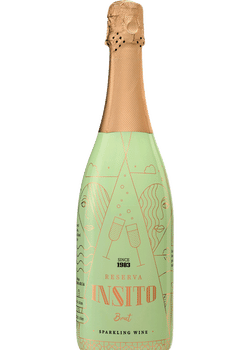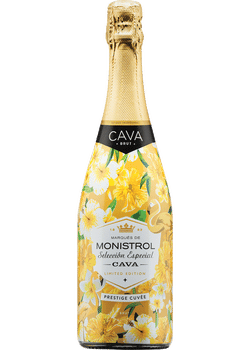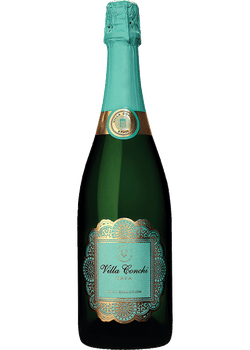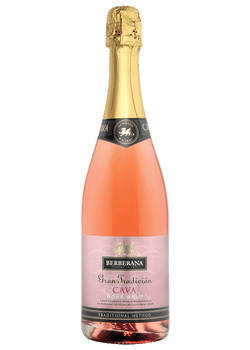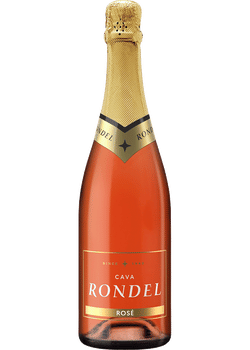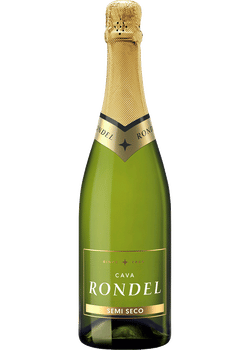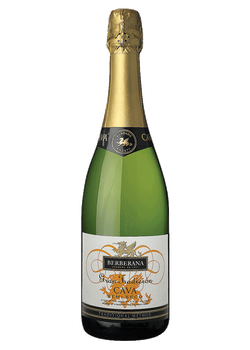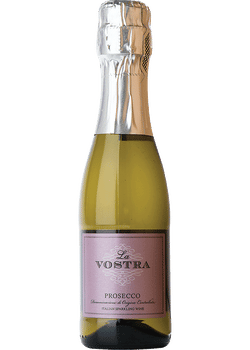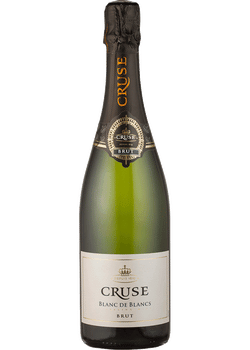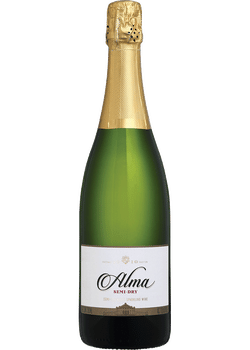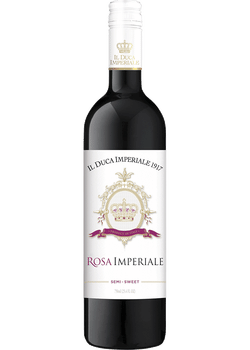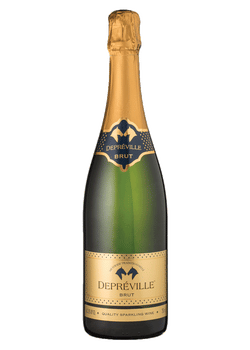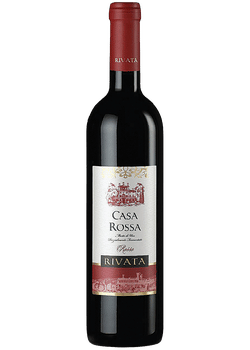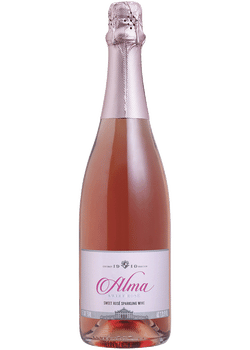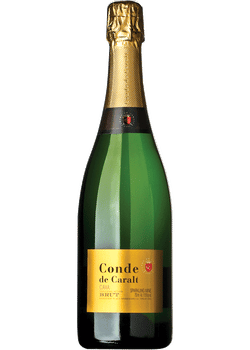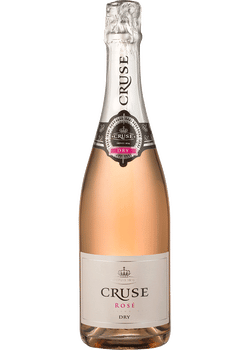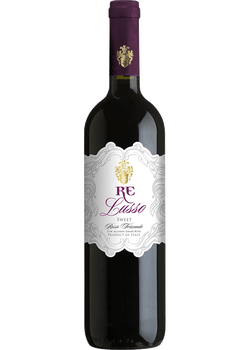If there's one style of wine that's universally loved, it's sparkling wine and Champagne. Just seeing the curvy bottle and hearing the cork pop puts us in a good mood. A bottle of bubbly makes us feel pampered and says we're about to have a good time, even if it's a Wednesday night. Maybe that's why sparkling wines are made in every winemaking region worldwide.
3 facts to know about sparkling wine & Champagne
- Chardonnay, Pinot Noir, and Pinot Meunier are the classic grapes used in Champagne versus sparkling wines, which can be made from different grapes around the world.
- Champagne is only made in the Champagne region of France. Everything else is sparkling wine.
- Most sparkling wines are made in a non-sweet style called brut (broot). Sweet sparkling wines are labeled demi-sec or doux.
Color
 Tasting profile
Tasting profile
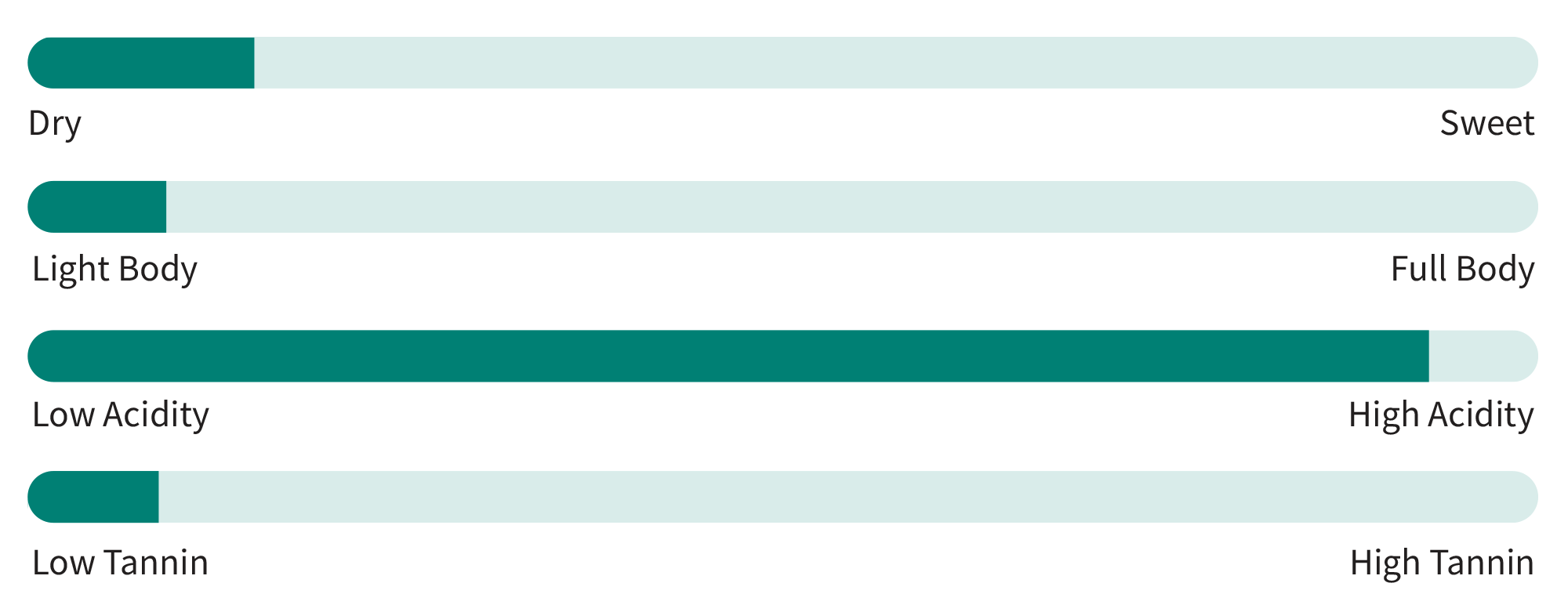
Primary flavors
No matter how a sparkling wine is made, the final wine is effervescent, crisp and sheer to different degrees. Depending on the grape, or aging time, you might enjoy flavors of citrus, apples, peaches, flowers, toasted bread, or nuts in a bottle of bubbly.
Most sparkling wine grapes are picked early, when the natural acidity is high. Then winemakers choose different methods to make a wine with bubbles.
How Champagne & Sparkling Wine are made
Just like there are many ways to make a pizza, there are many different methods for creating sparkling wine. Where the wine is made and what grapes are used determine the type of sparkling wine.
All sparkling wines and Champagne are made with grapes that are picked a little early, so they still have a high level of natural acidity. No matter what kind of grapes are used, all sparkling wines have fine bubbles of CO2 mixed into the wine, giving it effervescence. Winemakers have a variety of ways to create a wine with bubbles.
Traditional method
In Champagne, grapes are crushed and the juice is fermented into wine. The wine is bottled with a little yeast and sugar, and bubbles form during a second fermentation in the bottle. Finally, the yeast is removed and the wine’s sweetness level is adjusted. This process, called method champenoise, or traditional method, is used worldwide to make quality sparkling wines.
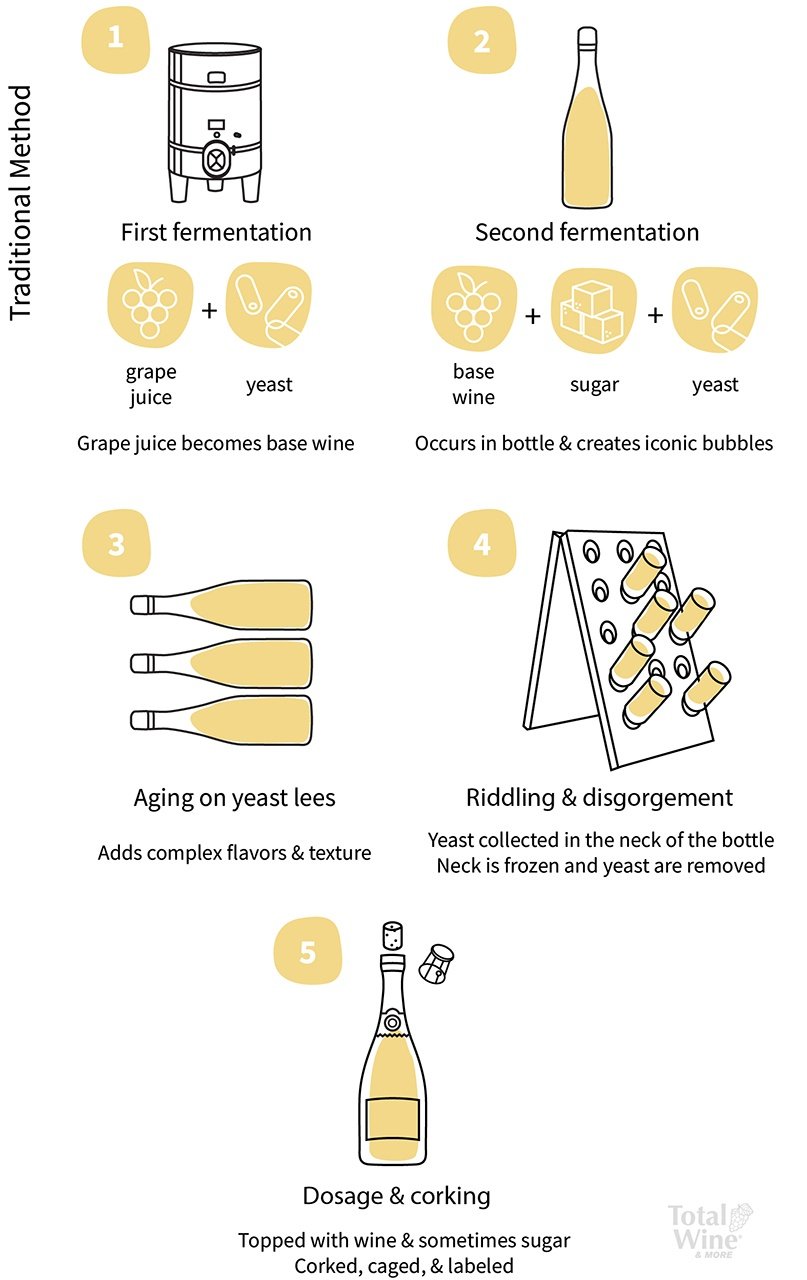
Tank method
An alternate fermentation style, called the Charmat or Martinotti method, happens in a tank, as is done with Prosecco. The Glera grape has delicate aromas and flavors, so winemakers gently ferment it in a tank. That's also why Prosecco has softer, bigger bubbles compared to Champagne.
Moscato d’Asti juice is tank-fermented too, in a couple stages. Yeast is added to freshly pressed grapes and juice, which is partly fermented and then cooled to stop fermentation. Then it’s heated to restart fermentation, and the wine is bottled before the yeast has eaten all the sugar in the grape juice. The wine is sweet and slightly fizzy, a style called frizzante.
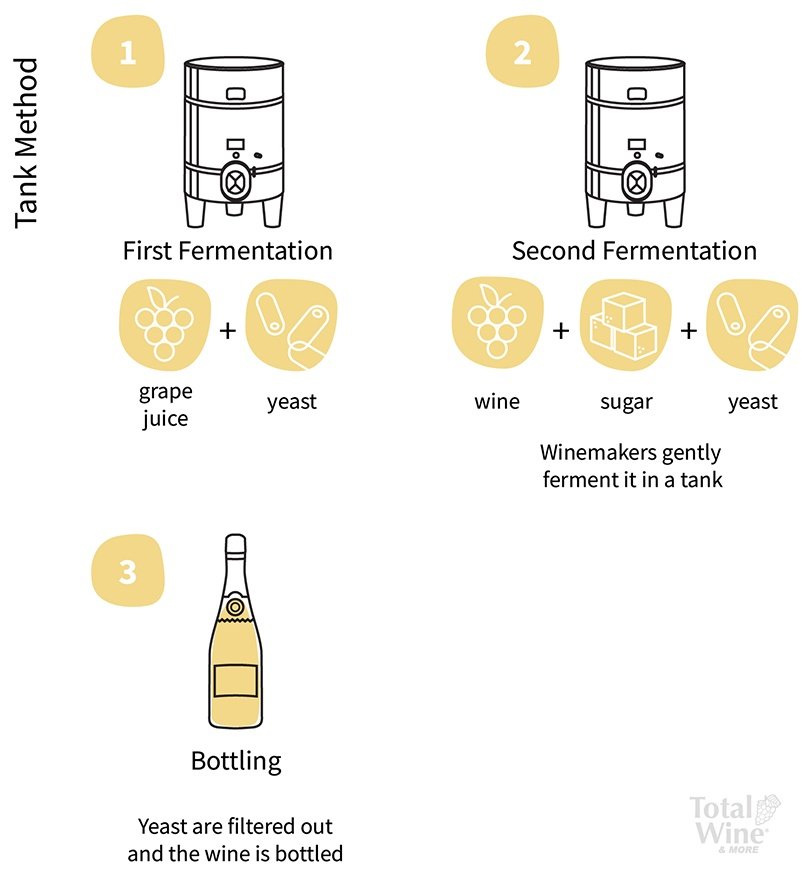
Additional methods
Pétillant naturel wines (pét nat for short), popular in France’s Loire Valley, are made with one fermentation in the bottle. Longer yeast contact gives pét-nat wines a wild quality, with frothy bubbles and surprising aromas that might remind you of cider or artisan beer.
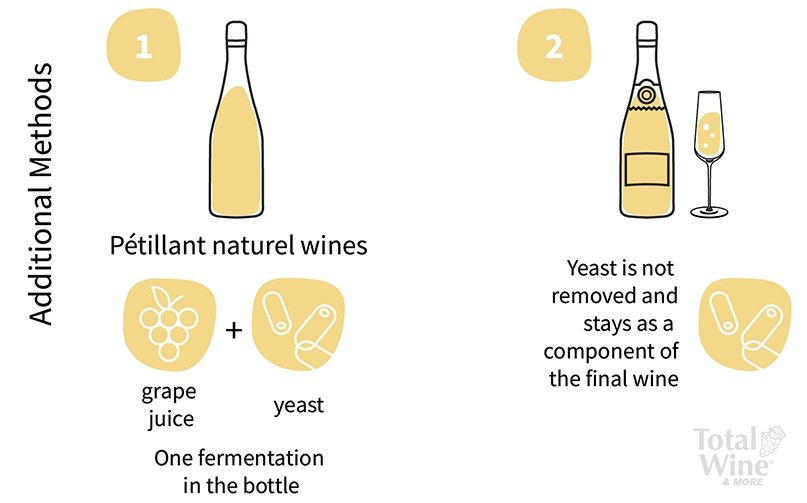
Types of Sparkling Wine & key regions
Sparkling wine is a lively style of wine made internationally. You’ll find exceptional sparkling wines from cool climates in the United States, Italy, France, Spain, Brazil, Germany, Australia, and England. Champagne, however, only comes from that region of France.
As you travel across France and Italy, you’ll discover regional sparkling wines made with local grapes. Loving bubbles means you’ll never run out of delightful wines to try.
France
Monks at the Abbey of Saint-Hilaire started making blanquette de Limoux, the first sparkling wine on record, in 1531.
You’ve probably heard of Dom Perignon, the monk at the Abbey of Hautvillers in Champagne who said, “come quickly brothers I’m drinking stars” when he first tasted this effervescent wine. While Dom Perignon didn’t invent Champagne, he refined it and helped make it famous.
Crémant is a French sparkler that’s less effervescent than Champagne, so it feels creamy on the palate. Crémants from the Loire, Alsace, and Burgundy are carefully crafted, and they’re excellent values. And the Loire Valley is the place for pétillant naturel, an old style of sparkling wine that’s enjoying new popularity.
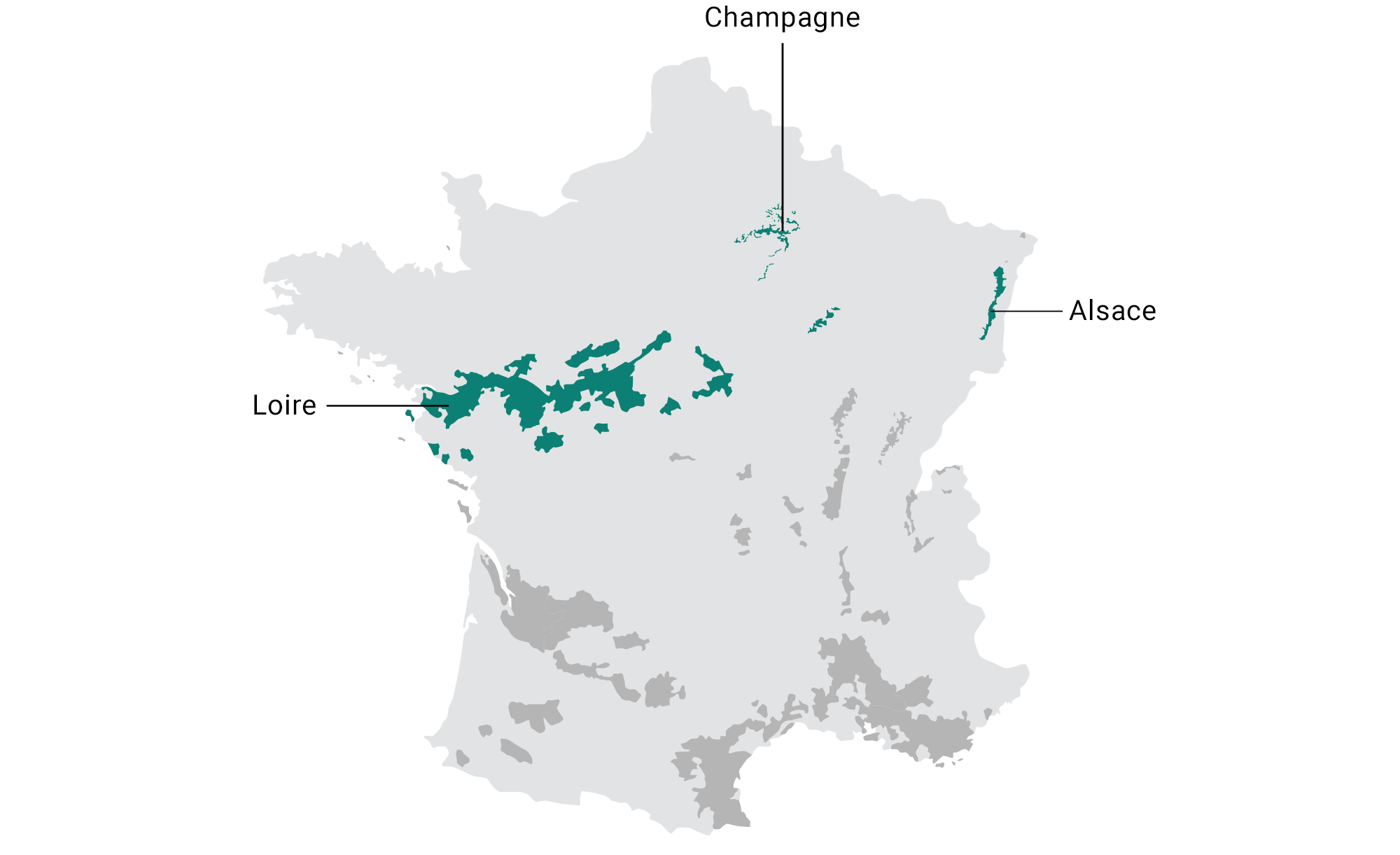
Customers top Champagne picks
Italy
When it comes to making the widest range of different sparkling wines, Italy takes the crown. From easygoing and refreshing Prosecco, to peachy and sweet Moscato d’Asti, to the dry traditional method sparkling wines from Trentino or Lombardia, there’s an Italian bubbly for every occasion.
Italy also makes notable red sparkling wines: earthy Lambrusco that sings with pork, and sweet Brachetto d’Acqui, with notes of raspberries and roses, that’s divine with chocolate.
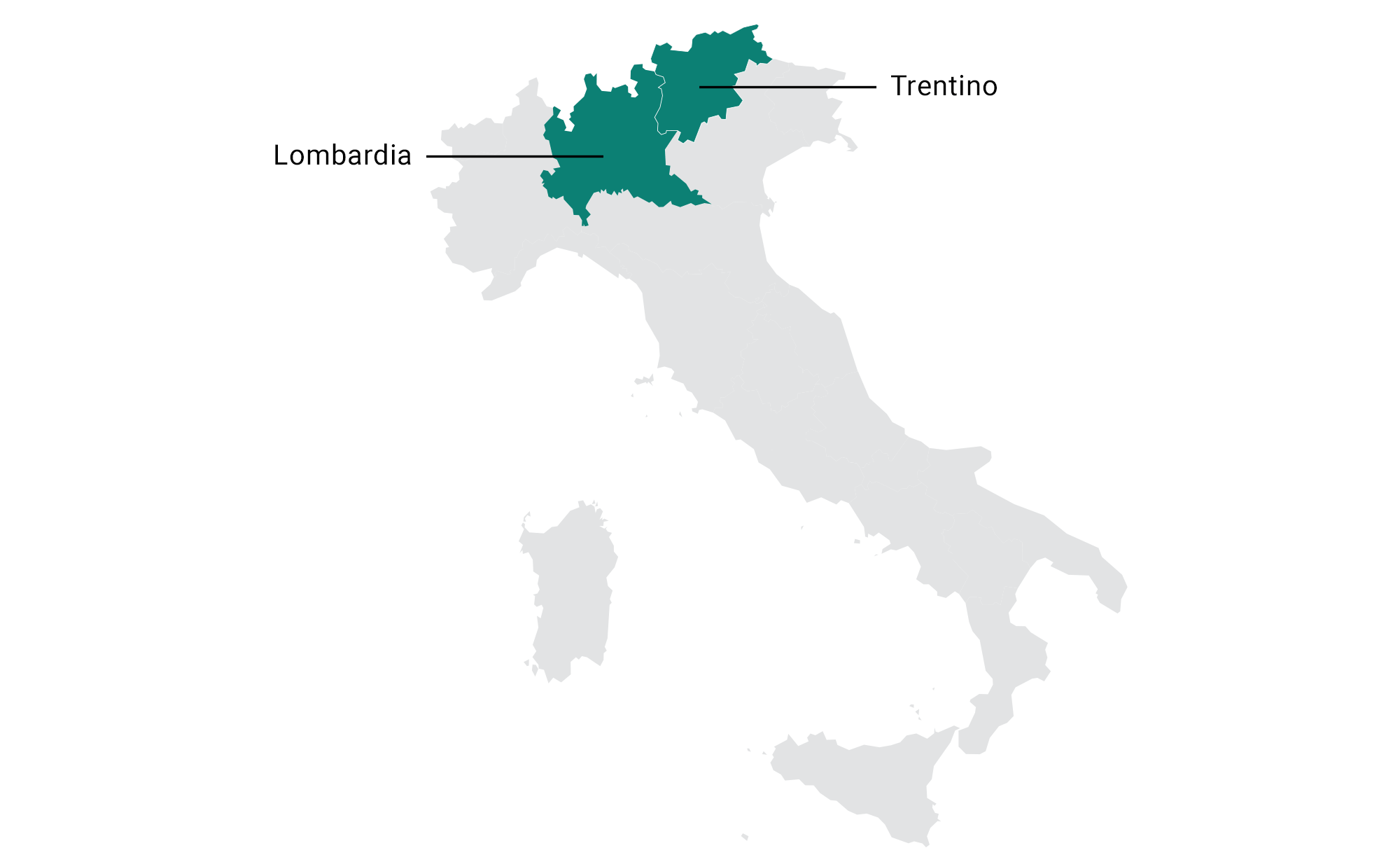
Customers top Prosecco picks
Spain
You’ve probably enjoyed Cava at one of those bottomless mimosa brunches, but there are also ultra-premium, handcrafted Cavas that can easily pass for Champagne. The first Cava was made in 1872 Josep Raventós, owner of Codorniu winery in the Penedés region, which is about an hour from Barcelona. He made his sparkling wine just like Champagne, but with three local Spanish grapes: Macabeo, Parellada, and Xarello. He dubbed the sparkling wine Xampany (sham-PAN-ee) but after officials from Champagne objected, the name was changed to Cava, since it’s aged in a cave. Rosé Cavas may have Garnacha (Grenache) in the mix. Younger Cavas are crisp and mineral, while long-aged wines become rich, toasty, and quite exquisite.
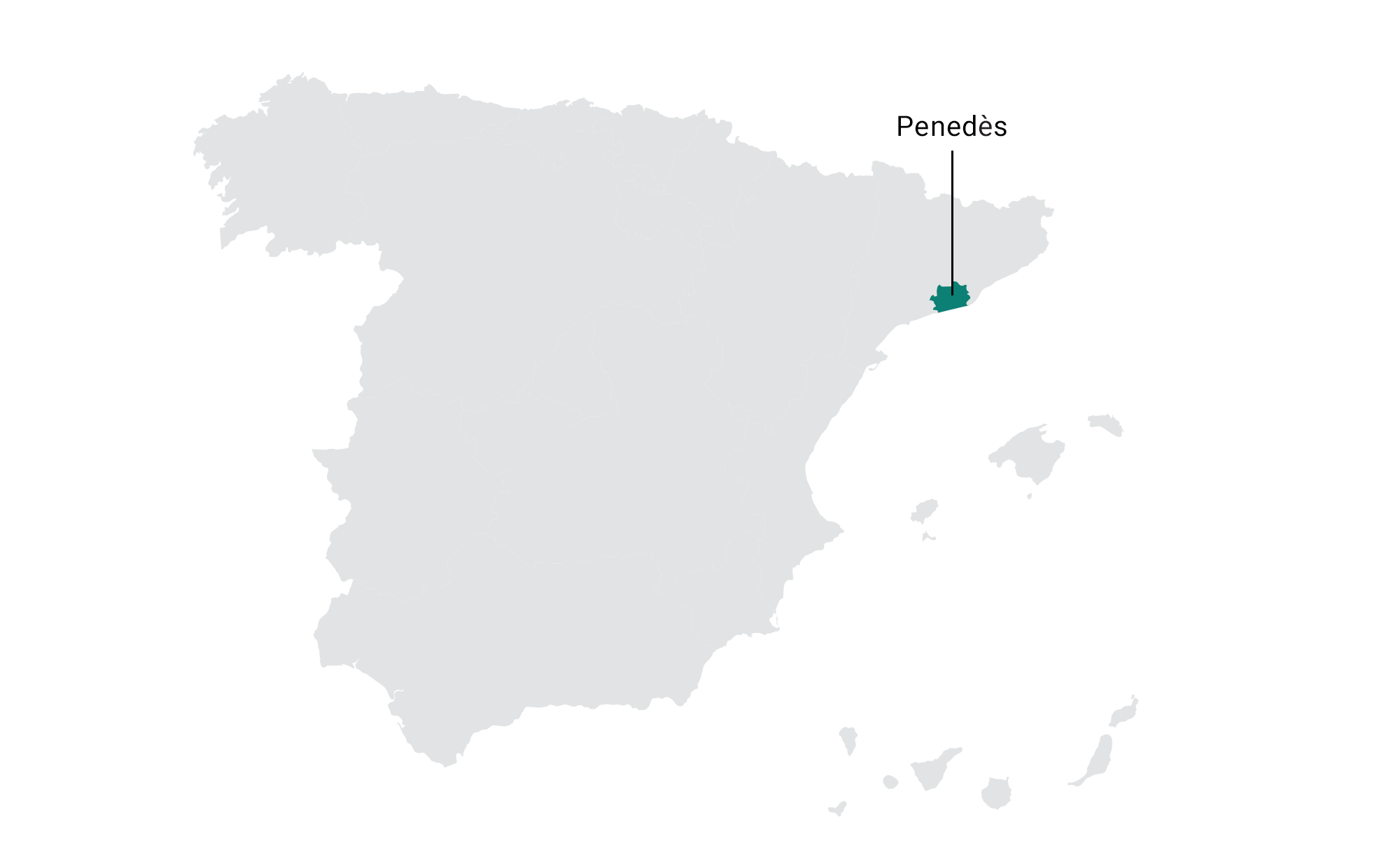
Customer top Cava picks
United States
Some of the oldest sparkling wine houses in the US are in Sonoma and the Napa Valley, and their success inspired French and Spanish wineries to start making sparkling wine in California. There’s also fine sparkling wine made in Oregon, New Mexico, and Virginia.
Other notable regions
You’ll also find good sekt sparkling wines in Germany, while Australia is the home of sparkling Shiraz. As the climate changes, England is gaining acclaim for its sparkling wines.
Pairing food & Sparkling Wine
Sparkling wine has a crisp flavor profile with citrusy flavors and subtle hints of fruits like green apples and white peaches, or cranberries and raspberries in a sparkling red wine. Longer-aged wines also have notes of toasted buttery bread, almonds, or hazelnuts. There’s very little tannin in Champagne and most sparkling wines, so they’re sheer like drinking a cloud.
The freshness and acidity make bubbly perfect with shellfish, sushi, fried foods, egg dishes (think eggs Benedict), and white cheeses from Brie to Parmigiano-Reggiano. But we also love Spanish tapas with cava, and aged rosé champagne with a wagyu burger. When it comes to pairing bubbly with food, anything goes!
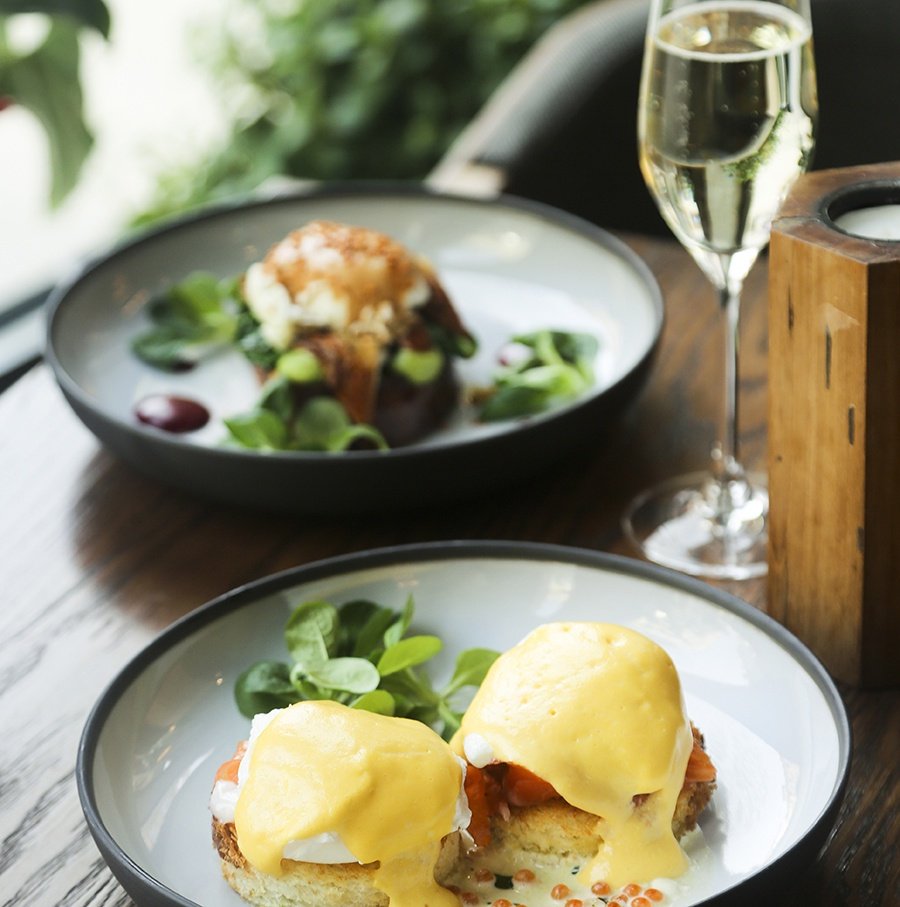
How to store, serve, & enjoy
Storing & opening
Store your sparkling wines in a cool, dry place away from heat and vibrations, just like other wines. Champagne and sparkling wines must be well-chilled before serving. Opening a warm bottle is dangerous since the cork can shoot out of the bottle with the same force as a bullet. Fortunately, safely opening a bottle of sparkling wine is easy.
Chill the bottle in a refrigerator or an ice bucket filled with ice and a little water for an hour, until it’s 40 to 50 degrees Fahrenheit.
When you’re ready to open it, have a kitchen towel or cloth napkin handy. Remove the foil and wire cage. Quickly place your cloth over the cork, without pointing it at anyone (including yourself). Firmly hold the cork in one hand while twisting the bottle clockwise and down with your other hand. If it’s properly chilled, the cork will exit the bottle with a soft gasp.
Choosing a glass
A tapered flute is the classic glass for sparkling wine because the shape allows beautiful streams of bubbles to rise as you drink. Shallow champagne coupes are stylish, but they’re not ideal for bubbles. Some people like drinking sparkling wine from a white wine glass to capture more of the bouquet. Your glass of choice is a personal decision.
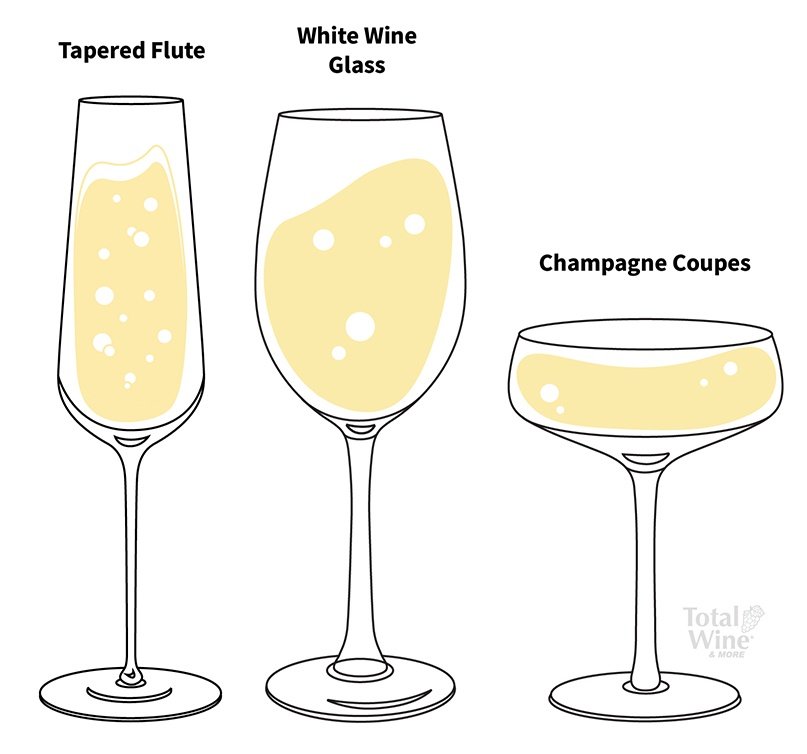
Saving
Once your bubbly is uncorked, you’ll want to drink it before the bubbles vanish. If you can’t finish it, put it in the refrigerator with a champagne stopper (that grips the bottle’s neck) to save the bubbles for the next day.

